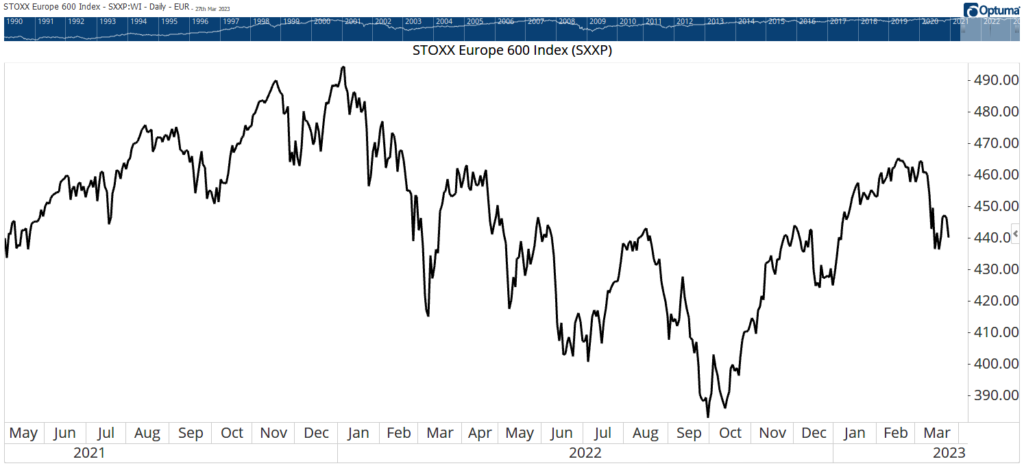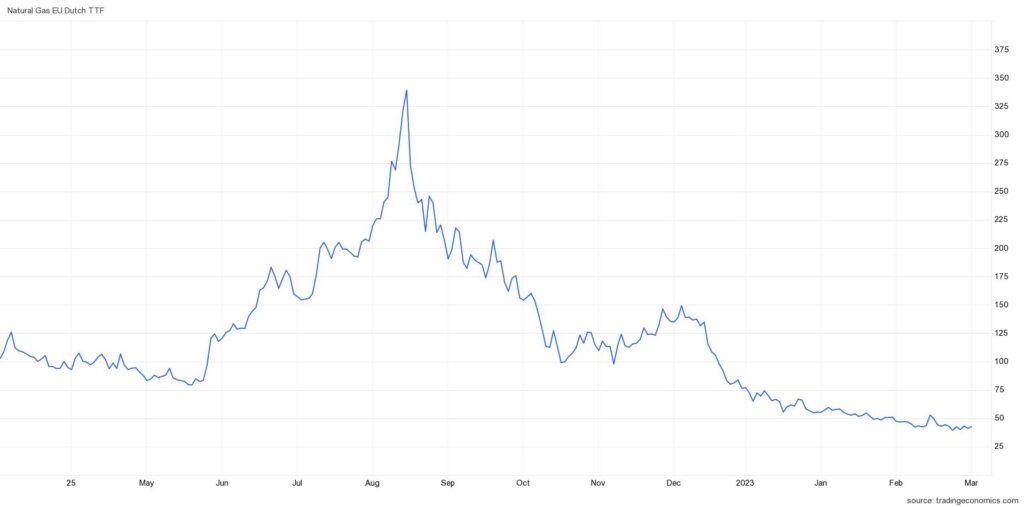“Black swans,” as coined by Nicholas Nassim Taleb, are the rare, unexpected events that trigger bear markets.
They’re named for a 2nd-century saying that refers to black swans as an impossibly rare animal (at the time, they were believed not to exist).
We can look at the 2020 pandemic and the collapse of Bear Stearns and Lehman Brothers in 2008 as two recent black swans. These events both came seemingly out of nowhere, causing a lot of chaos and investment losses.
Those experiences have investors always looking out for the next black swan.
But what we really need to be on the lookout for is the black-necked swan.
Like the black swan, the black-necked swan is a relatively rare bird, accounting for less than 1% of the global swan population.
This swan might look like trouble as it approaches. But as it comes into focus and we see the rest of the bird, it looks less worrisome. After all, apart from its neck, it’s mostly a normal-looking swan.
While black swans get all the attention in financial markets, I’m always on the lookout for the black-necked swans. These are situations that look worse than they are, leading to rallies people don’t expect.
A great example of this is the European stock market last year.
A Wartime Natural Gas Panic
Last September, gloom and doom was everywhere in Europe’s stock market.
Russia’s invasion of Ukraine restricted the flow of natural gas to Europe. Several countries relied heavily on Russian gas. With winter approaching, there were concerns that people would freeze to death.
As this narrative made headlines, the price of natural gas soared. Between June and August of last year, the price of the Dutch TTF contract on futures markets gained more than 200%.
The chart below, however, shows the price of natural gas fell just as quickly as it rose. They’re now back to August 2021 levels.
The Fear Spike in Natural Gas
Even though Russian supplies fell even more over that time, several other things — which weren’t part of the narrative — went right in Europe.
U.S. imports increased. Power plants operated on coal as a stopgap. And the winter was warmer than average.
European stocks still got caught up in this panic. Look at the STOXX Europe 600 Index below.
EU Stocks Followed the Panic

This is a benchmark for large-, mid- and small-cap stocks in 17 countries.
The index peaked in January 2022, before Russia invaded Ukraine. The war turned the pullback into a bear market. Even as stocks rose alongside the natural gas summer rally, prices were still more than 20% lower year-to-date by the end of September.
But then, as the decline in natural gas accelerated, the index rallied, gaining 20% and officially ending the bear market in February 2023.
Looking back, few analysts forecasted a mild winter and a strong recovery because others were focused on the worst-case scenario — the black swan.
It’s possible the same situation is unfolding in our market right now.
Our Potential Black-Necked Swan
The banking crisis probably isn’t over. The Federal Reserve still needs to fight inflation with higher interest rates. Those rates are weighing on consumer spending. That’s a drag on corporate earnings.
The list of black swans could go on for pages.
But it’s also possible none of that will happen.
The economy could experience a mild recession. Some on Wall Street believe we could avoid a recession altogether. Consumers are adapting to higher interest rates. We know that because home sales are picking up again.
This could all be just the neck of a black swan before we see what color the rest of it is.
There is a lot that can go wrong. That’s always true in life. But what we need to remember is there’s also a lot that can go right.
As investors, we need to stay focused on objective analysis of the situation rather than imposing our own biases on market action.
This is yet another in the long list of good reasons to keep one eye on what’s happening in the short term.
Often, the big-picture events people expect to happen are not what winds up happening. If we could forecast everything with pinpoint accuracy, making money in the markets would be easy.
We also have to factor in the media. News, even financial news, is tilted toward the negative because that’s what attracts attention. The mainstream media would have you believe there’s always a black swan lurking a few months down the line. There are so many unknowns affecting the long term that trading them is tough. That’s why I always like to look for opportunities in the short term.
I prefer to let data help me forecast the daily moves in the markets. My newest strategy grabs the first 15 minutes of market data and uses it to target a 50% gain in a maximum of two hours.
I love trading this way because it’s agnostic to news. We don’t care what factors are influencing markets. We care where the money is moving — that’s the only thing that matters.
Last week, I helped my subscribers close out my targeted 50% gain the day after I unveiled this strategy to the public for the first time.
And we have a chance to do it again every weekday as we walk through this trade in a live coaching session from 9:30 to 10:30 a.m. Eastern time. I place the trade alongside my subscribers … and we close it out before lunchtime.
I believe there’s no better way to make money in the markets — whether we’re facing black swans, white swans or the black-necked swan.
There’s still time to join me in this new system, but not much. The opportunity closes tomorrow, and it may be quite some time before I open up my live trading room again.
Take some time to see how you can gain access before that happens.
Until next time,

Mike Carr
Senior Technical Analyst







